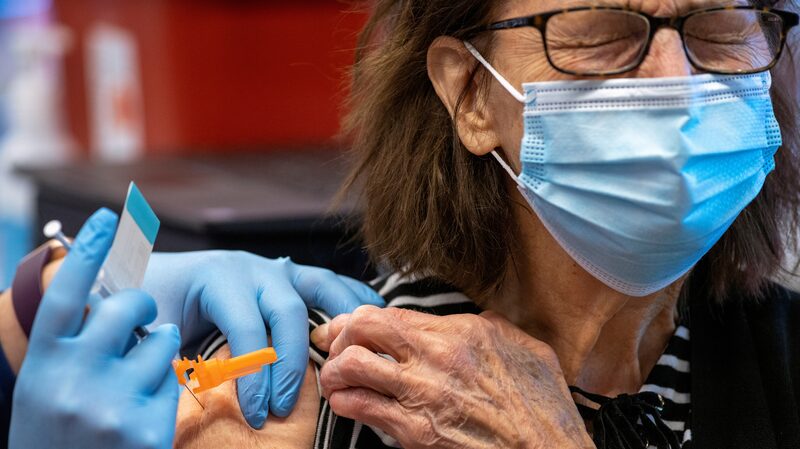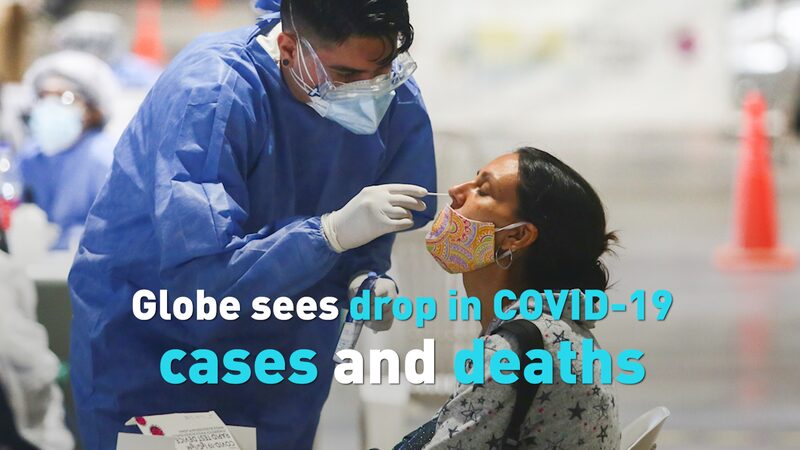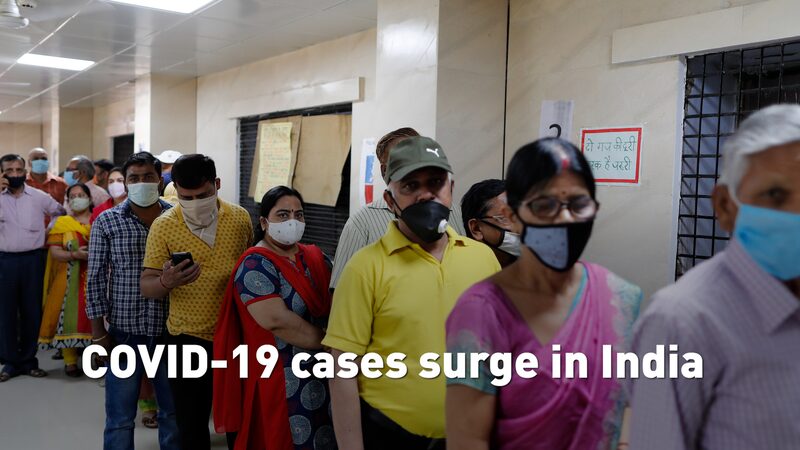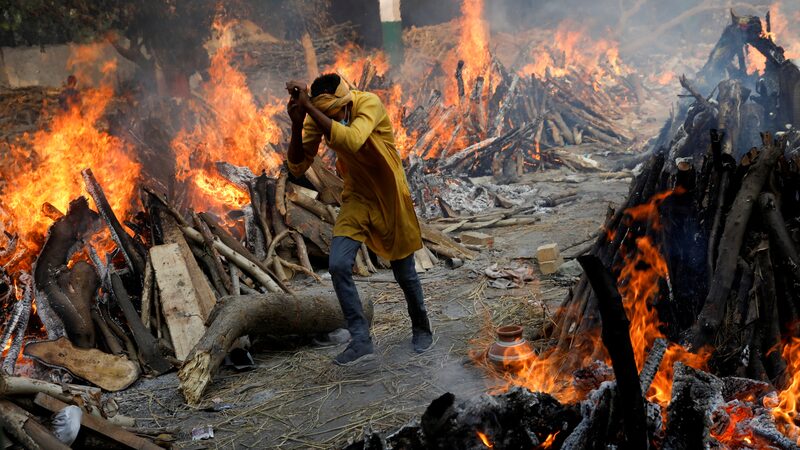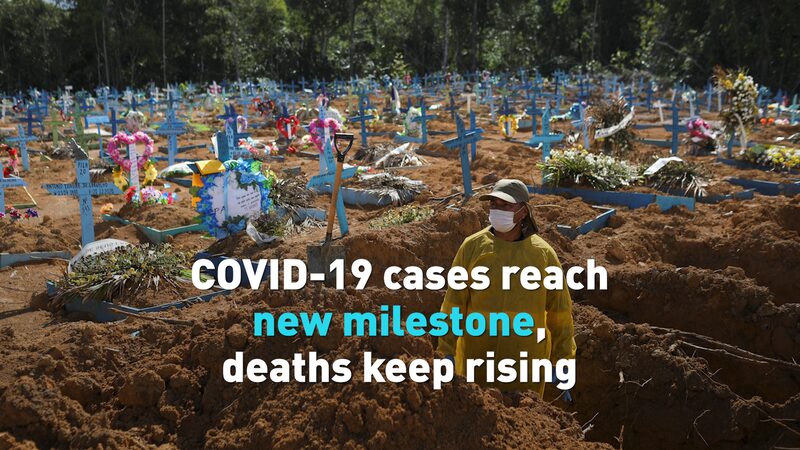As the world marks over three years since the outbreak of the COVID-19 pandemic, Asia stands at a critical juncture in its fight against the virus. With over 650 million cases and more than 6.6 million deaths globally, the pandemic continues to impact everyday life, economies, and societies across the continent.
From the initial epicenter of the outbreak, Asia has witnessed a diverse range of responses and outcomes. Countries and regions across the continent have been praised for swift actions that helped contain the virus early on. In contrast, nations such as India and Indonesia faced significant challenges due to dense populations and resource constraints, leading to widespread outbreaks.
Vaccine Rollout Brings Hope
The advent of several vaccines offers a beacon of hope. Countries like Singapore and Japan have implemented comprehensive vaccination programs, aiming to immunize significant portions of their populations. China’s ambitious vaccination drive has seen over 3.4 billion doses administered, showcasing the continent’s commitment to overcoming the pandemic.
However, disparities in vaccine access and distribution present ongoing challenges. Developing nations in Southeast Asia and South Asia grapple with supply shortages and logistical hurdles. International cooperation and support from global initiatives are crucial to ensure equitable vaccine distribution.
Economic and Social Impacts
The pandemic has left indelible marks on Asia’s economic landscape. Tourism-dependent economies like Thailand and the Philippines have suffered significant losses due to travel restrictions. Small businesses and informal workers face uncertainties, highlighting the need for robust economic recovery plans and social safety nets.
Education disruptions also pose long-term challenges. Prolonged school closures have affected millions of students, prompting a shift toward digital learning. However, the digital divide means that access to online education is uneven, potentially exacerbating existing inequalities.
The Road Ahead
As Asia navigates the ongoing challenges of the pandemic, resilience and adaptability remain key. Governments are balancing containment measures with economic considerations, while communities adapt to new norms. The collective experience underscores the importance of regional cooperation, effective public health strategies, and preparedness for future health crises.
The lessons learned over the past three years will shape Asia’s response to the ongoing pandemic and its eventual recovery. With continued efforts in vaccination, public health measures, and international collaboration, there is cautious optimism that the region can emerge stronger and more united in the face of global challenges.
Reference(s):
cgtn.com
